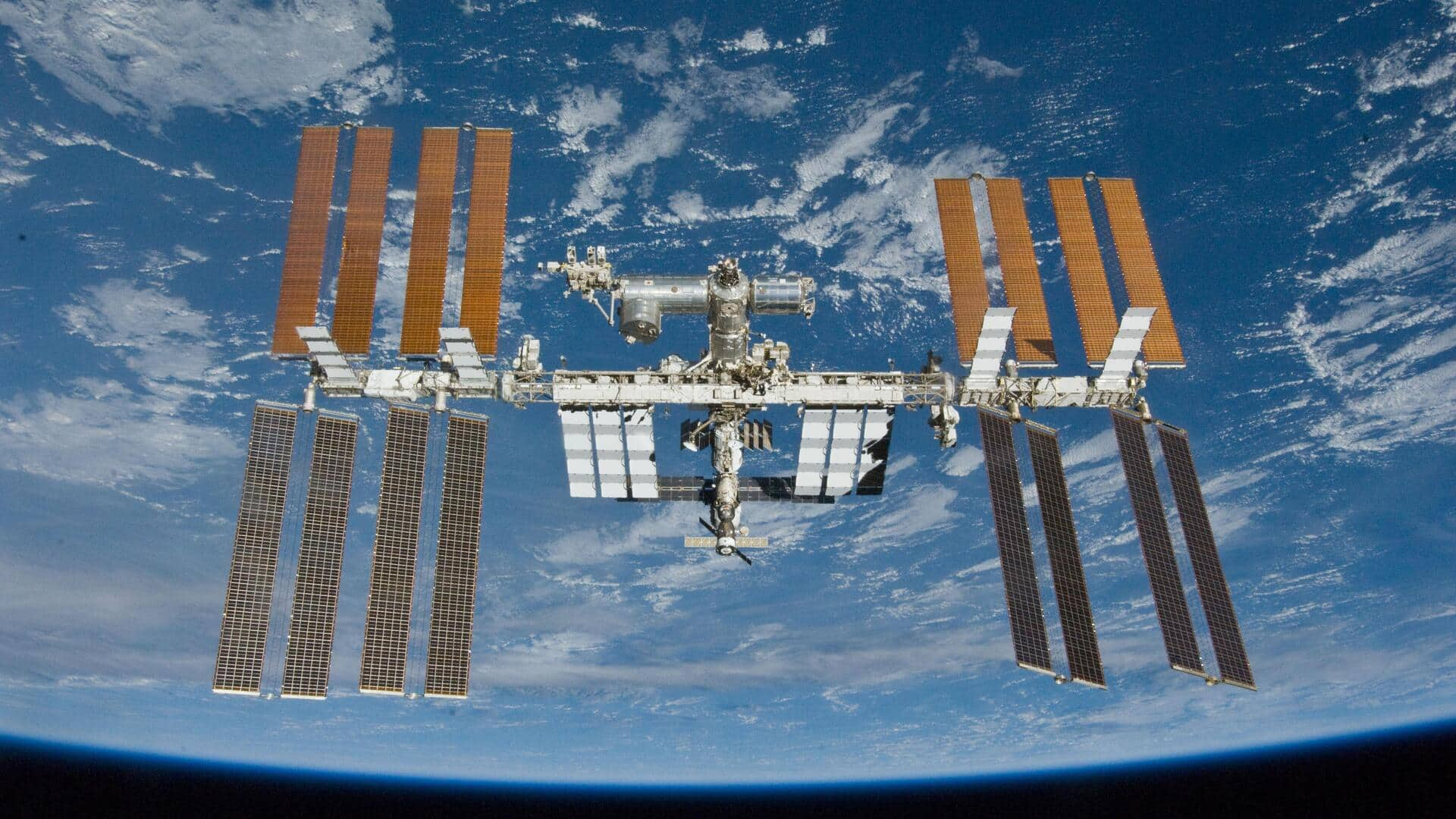
SpaceX wins contract to help NASA de-orbit the 430,000kg ISS
What's the story
NASA has selected SpaceX for an $843 million contract to develop a unique spacecraft, the US Deorbit Vehicle, tasked with de-orbiting the International Space Station (ISS) in 2030. The ISS is nearing its operational end and needs safe disposal as new commercial space stations are planned. The contract awarded does not include any launch costs and is solely for vehicle development. The vehicle will be distinct from SpaceX's Dragon capsule and other vehicles currently servicing NASA.
Operation plan
NASA to operate US deorbit vehicle post-development
Upon completion, NASA will take ownership of the US Deorbit Vehicle and operate it throughout its mission. Both the vehicle and the ISS are expected to destructively break up upon reentering Earth's atmosphere. A crucial task for SpaceX is ensuring that the station reenters in a way that does not endanger populated areas, with a separate launch contract for the vehicle yet to be announced.
ISS deorbiting
A shared responsibility among five agencies
The safe disposal of the ISS is a shared responsibility among five space agencies: NASA, European Space Agency, Japan Aerospace Exploration Agency, the Canadian Space Agency, and Russian space corporation Roscosmos. However, it remains unclear whether all these countries are contributing to the contract amount. Previously, NASA had considered using a Roscosmos Progress spacecraft for this mission but determined that a new spacecraft was necessary.
Final journey
US deorbit vehicle to guide ISS to final resting place
The US Deorbit Vehicle will guide the ISS back through Earth's atmosphere to a final resting place in the Pacific Ocean after its retirement in 2030. "Selecting a US Deorbit Vehicle for the International Space Station will help NASA and its international partners ensure a safe and responsible transition in low Earth orbit at the end of station operations," said Ken Bowersox, NASA's former astronaut. The ISS, weighing 430,000kg, is by far the largest single structure ever built in space.
Information
Destructive reentry: ISS anticipated to break up in three stages
NASA engineers anticipate the ISS to break up in three stages upon atmospheric re-entry. Much of the material will likely be vaporized, but giant pieces may survive. This is why NASA aims for Point Nemo, a remote area of the Pacific Ocean, graveyard of spaceships/satellites.
Commercial future
Paving way for future commercial stations
Deorbiting the ISS will pave the way for planned commercial space stations. "This decision also supports NASA's plans for future commercial destinations and allows for continued use of space near Earth," said Ken Bowersox, associate administrator for Space Operations Mission Directorate at NASA. While the 2030 end date has been referenced in NASA budgetary materials, some officials have stated that the station could potentially remain operational past that date until commercial space stations are in orbit and ready for crews.